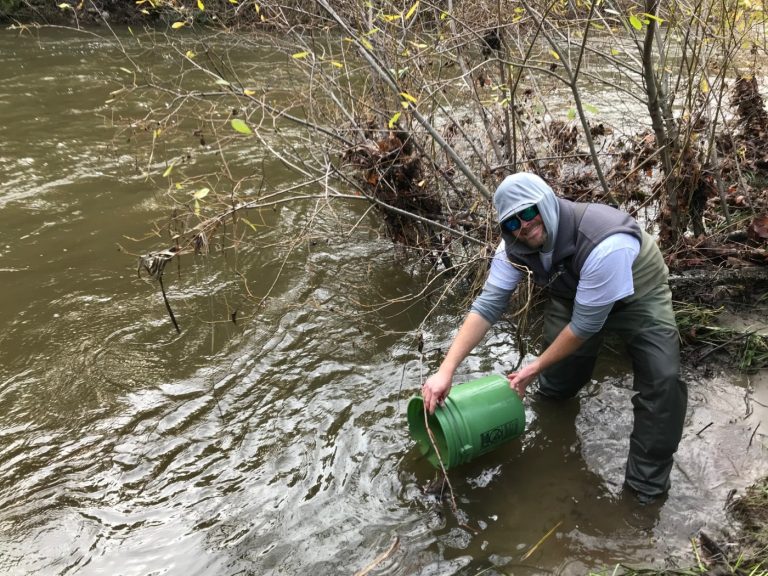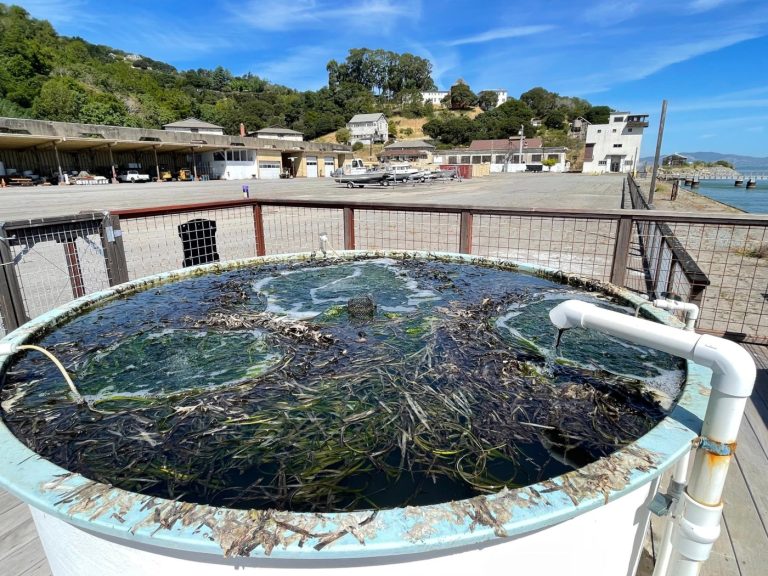After a 31-year career at the San Jose Mineta International Airport Aviation Director John Aitken hung up his wings in March and Mukesh “Mookie” Patel soared in to usher a new era at the airport.
Related Articles
Nonprofit flight school in San Jose aims to propel aviation careers for underrepresented youth
San Jose airport lands federal funding to bolster new terminal project
Low-cost airline commits to San Jose-Japan flights for months to come
San Jose airport passenger trips struggle, new flights may create lift
Bay Area airports, hospitals, courts hit by global tech outage
Patel comes to San Jose at a time when the airport is still struggling to get its passenger numbers back up to pre-pandemic levels. A one-year period ending in June saw 11.94 million passengers going through the San Jose airport — compared to 15.65 million passengers in the same time frame during 2018-2019.
Before coming to San Jose, Patel worked at airports in Austin, San Antonio, Denver and Kansas City. He also previously worked for Alaska Airlines and AvAirPros, where he managed the capital program budget for the international terminal building at the San Francisco International Airport.
Q: What does an aviation director do?
A: It’s a unique position within the city of San Jose. We operate under the quasi-governmental agency of the city of San Jose, but the airport operates as an enterprise fund. The enterprise fund generates it’s own revenue and supports 100% of its expenses on its own. We receive federal grants that are derived from the airline ticket tax and that funds part of our infrastructure. As the director of aviation, my role is to manage a team of industry leaders from airport operations and security to planning and development and execution of construction projects. I also have the fortune and pleasure of leading a team that does all of our marketing and communications and content creation to promote the airport as well as the core functions of the airport, which is our facilities and maintenance group. I have a small group of ninjas as I prefer to call them, which is our strategic support function of the airport, which handles HR, and IT and governmental affairs. I have a great group of leaders who are subject matter experts and my role is to get out of the way and let them do their business.
Q: How did you get into this field?
A: I was born in the UK, grew up in Leicestershire County and had a field trip as a kindergartener to a maintenance base at an airport. I have always been fascinated with aviation and I got my degree at Oklahoma State University where my parents had immigrated to when I was 12. Airport management was it. I did get my pilot’s license, but I fell in love with how airports function and then more importantly how big of an economic engine they are for our community.
Q: What are you most excited about in this new role?
A: This is my first opportunity to lead the team. I’ve been an executive member of several teams before in San Antonio, Austin and in Denver, but being a leader allows you to craft a vision and I’m really excited to work with some pretty solid leaders that are listening. And crafting that vision is unique. There are well over 300 commercial service airports around the country. We rank in the top 50. With that comes a lot of responsibility of maintaining about a million passengers a month that flow through this airport. When anything goes wrong it’s my responsibility to jump in and help craft a response plan. I’m really excited to be in the South Bay area as we recover out of these economic challenges that we’ve seen post-COVID.
Q: What is your vision for the airport?
A: I came into this role not understanding how challenged we were with recovering passenger bases. Austin was one of the fastest growing airports in the country post-pandemic. They saw an almost 38% growth over the time I was there. Here we are still 20% down on our passenger traffic since our pre-pandemic traffic numbers, so how we craft our future is really critical. I learned a lot of my management leadership skills when I was at Alaskan Airlines — a very conservatively driven, fiscally disciplined airline. That’s the way I plan to lead this team at the airport — being thoughtful in our expenditures, being deliberate in all our decision making that generates the most amount of non-airline revenue and meeting our customer demands with experience. With that we are crafting a new capital investment plan for this airport that really is focused on back to basics. There isn’t a need for a terminal expansion and if that happens we will still move forward with the enabling projects, which is moving a belly freight cargo building, pouring some new pavement and replacing and moving a treatment facility. Those enabling projects will still allow us to build Concourse C in a timely fashion, but more importantly as we kind of wait for this recovery to happen we’re moving forward with an asset preservation plan. That asset preservation plan is really looking at Terminals A and B and the infrastructure that is now starting to age and looking at everything behind the scenes from grease traps to waste water lines to bathroom renovations. We want to make sure we’re maintaining our guest experience with some value added improvements. That’s going to take us some time to develop.
Q: Passenger levels are still down from pre-pandemic levels, how do you work to bring people back to the airport?
A: We have a full offensive play when it comes to air service development. We meet with the airlines frequently at industry roundtables, we travel internationally to meet with network planners and route planners and then we make targeted trips to headquarters and that’s mostly off of data we gather from our consumers. We understand how much demand is there for nonstop service. If there’s anything that is extremely complicated about that process it’s what we called airline economics. It’s a very thin margined game for these airlines. Putting a $50 million jet in a market for the person that travels just one to three times a year to Philadelphia or JFK doesn’t make sense. You need all 16 seats in the first class cabin to be full and airlines are now requiring 75% plus load factors for them to make a route viable. We’re constantly beating that drum and making sense of what certain markets need and when that desire for travel comes back. When carriers reduce service the fares go up so our goal is always to have a strong mix of ultra-low cost domestic carriers and international carriers that provide that one-stop international service so we can keep competitive fares in our market.
Q: What are the biggest challenges in your role?
A: My biggest challenge obviously is to gain that passenger traffic back. We are surrounded by two other commercial service airports in the Bay Area. So making sure that we’re partnering locally with sports teams and events and doing a lot of outreach to make sure people are aware that SJC is here, it’s got a great facility, it’s easy to use and you can get about anywhere you need to go in the country.
MUKESH “MOOKIE” PATEL PROFILE
Organization: San Jose Mineta International Airport
Position: Director of Aviation
Age: 53
Birthplace: Melton Mowbray, England
Residence: San Jose
Education: Bachelor of Science in Aviation Management at Oklahoma State University
FIVE THINGS ABOUT MUKESH “MOOKIE” PATEL
He worked at Alaska Airlines for 10 years.
His favorite band is Odesza.
His dream vacation would be a trip to Thailand.
He’s visited 43 of 50 states.
He’s an Army dad.












